Melanistic big cats, often referred to simply as “black panthers,” have captivated the imagination of people worldwide. This article delves into the mysterious allure of these enigmatic felines, shedding light on their evolutionary adaptations, habitats, and the genetic traits that make them unique.
What is Melanism?

Melanism is a genetic mutation that results in an excess of dark pigmentation, producing an almost entirely black appearance. This condition is the opposite of albinism and is known to occur across various animal species, including big cats like leopards and jaguars. However, these melanistic cats still retain the signature rosette patterns of their species, which are often visible in direct sunlight.
The Genetics Behind Melanism
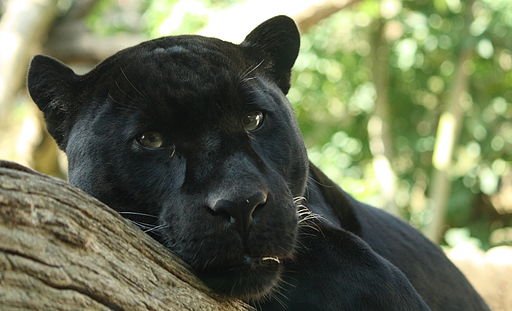
The melanistic trait in big cats is usually related to a mutation in the ASIP or MC1R genes, which regulate the production of melanin. In leopards, the mutation is often recessive, while in jaguars, it is usually dominant. This means that jaguars are more commonly seen displaying a melanistic coat compared to their leopard counterparts.
Species Displaying Melanism
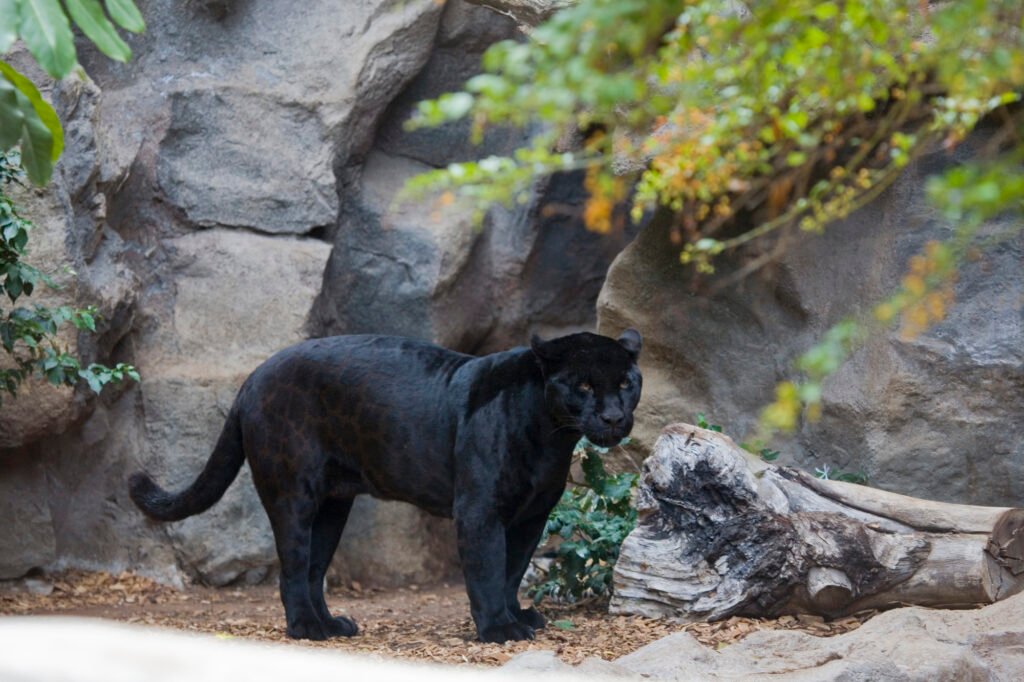
Melanism is most commonly observed in leopards (Panthera pardus) and jaguars (Panthera onca), but can also be seen, though rarely, in other big cats such as servals, bobcats, and even tigers. Each species exhibiting this trait has its own unique patterning below the black fur, maintaining their distinctive rosettes or stripes.
The Evolutionary Advantage of Melanism

Melanism may offer several evolutionary advantages, contributing to the survival of these big cats in particular environments. The increased melanin can provide better camouflage in dense forests or during nocturnal activities, aiding these predators in hunting and evading detection by both prey and other predators.
Adaptation to Habitat
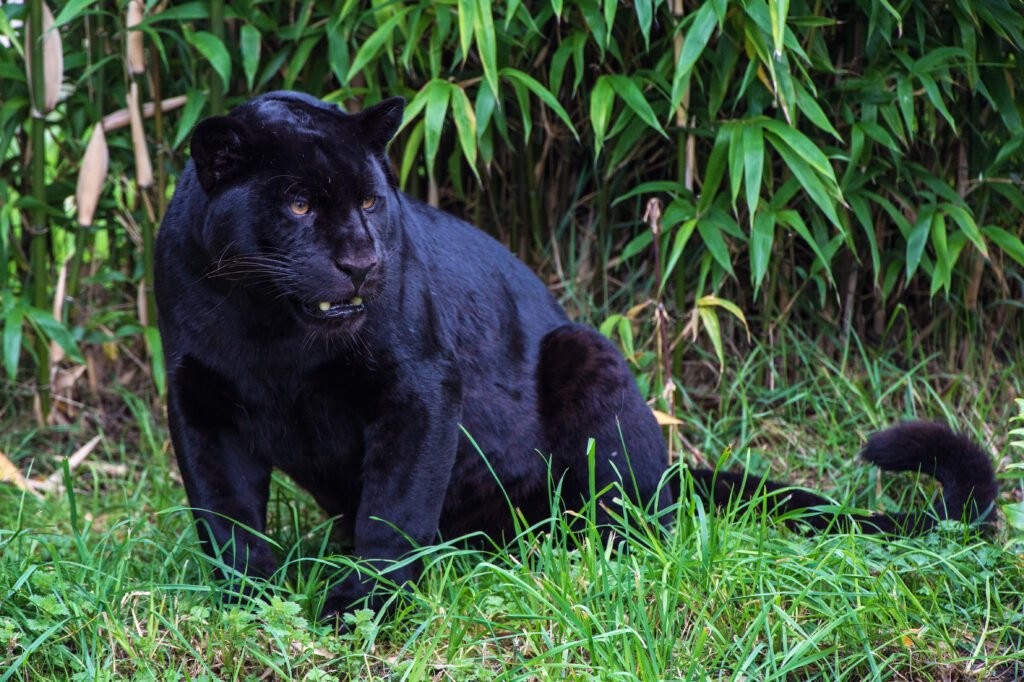
In rainforest habitats, where light is limited, the dark coloration of melanistic cats can be an adaptive advantage. It allows them to blend into the shadowy landscape, making them efficient hunters. The dense foliage and shadowy environment might contribute to the prevalence of melanistic jaguars in such regions.
Behavioral Differences in Melanistic Cats
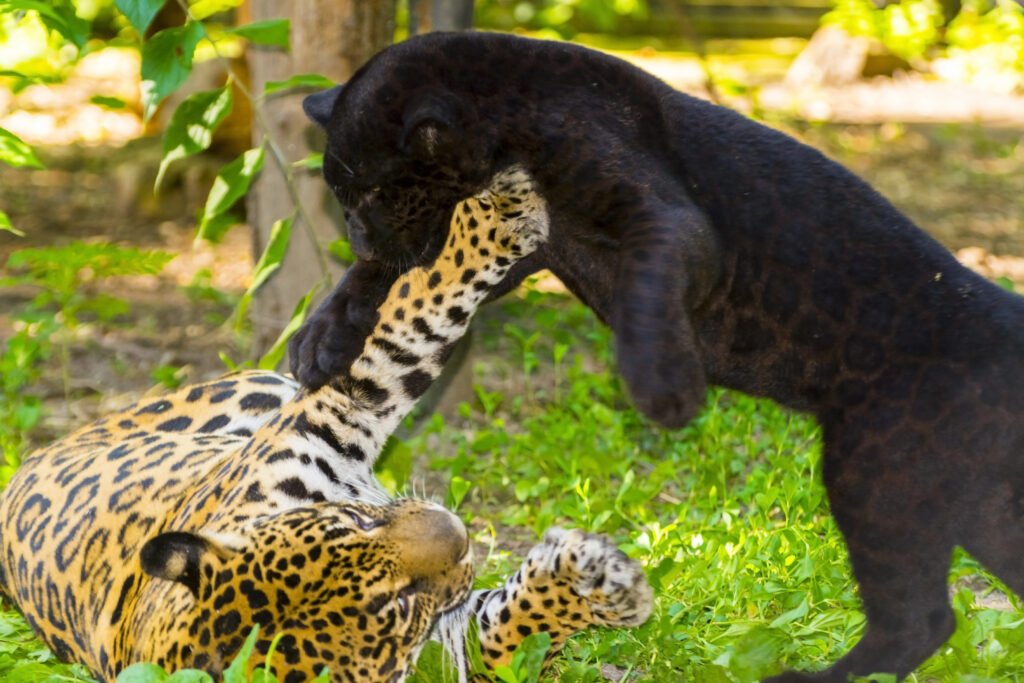
While there is no conclusive evidence that melanistic cats exhibit different behavior than non-melanistic cats, some studies suggest they may be more active during twilight or night when their dark coloration provides the most camouflage. This subtle shift in activity patterns can impact their role within the ecosystem.
Challenges and Threats

Despite their adaptive advantages, melanistic big cats face the same threats as non-melanistic members of their species. Habitat loss, hunting, and environmental changes pose significant risks to their populations. Moreover, their rarity makes them targets for exotic pet trade and poaching.
Conservation Efforts
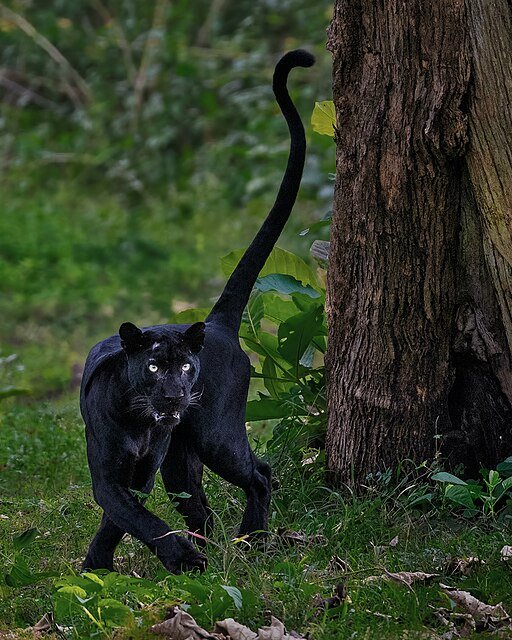
Conservation organizations worldwide are working to protect big cat populations through habitat preservation, anti-poaching measures, and awareness campaigns. Ensuring genetic diversity, including the survival of unique genetic variations like melanism, is vital for the long-term health of these species.
Conclusion: The Legacy of Melanistic Big Cats
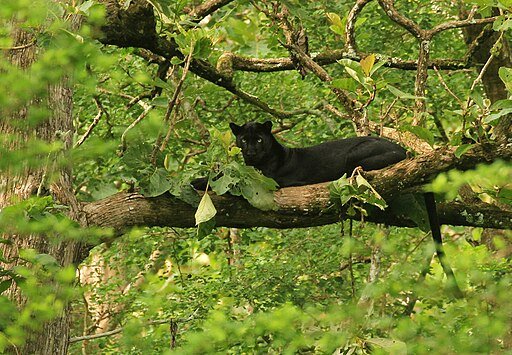
Melanistic big cats, with their striking appearance and mysterious allure, continue to fascinate both scientists and the public. Understanding their evolutionary advantages and challenges is crucial for their conservation and offers broader insights into the adaptability and resilience of wildlife. As we further explore these majestic creatures, we gain a deeper appreciation for the diversity and complexity of life on Earth.






